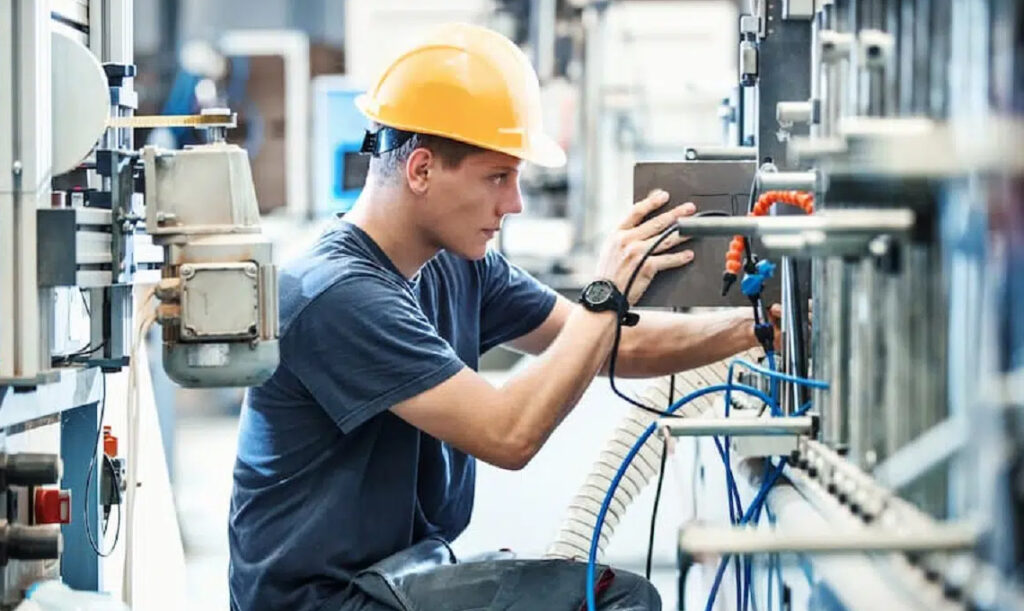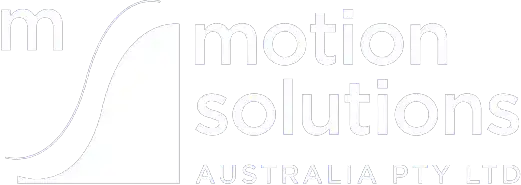
In the ever-evolving world of motion control and automation, ensuring the safety and reliability of your systems is of paramount importance. A well-protected system not only minimises risks to personnel and equipment but also promotes smooth and efficient operations, allowing businesses to focus on growth and productivity.
With 30 years of experience in Motion Control & Automation, Motion Solutions Australia is dedicated to guiding businesses through the process of designing and implementing safe and dependable motion control systems, providing top-tier technology and support every step of the way.
In this article, we will explore the crucial safety components and best practices necessary for maintaining a safe and reliable motion control and automation system. From hardware design to software implementation, we will provide a comprehensive guide for businesses looking to strengthen their system safety measures.
Partner with Motion Solutions Australia to leverage their extensive expertise in motion control, along with industry-leading support, to create a secure and dependable foundation for your automation success.
Essential Motion Control System Safety Components
Integrating safety components into your motion control system is a fundamental aspect of ensuring system safety. Some of the essential safety components to consider include:
1. Emergency Stop Functions: Emergency stop (E-Stop) functions are critical in any motion control application, providing a means to instantly shut down the system in response to an emergency situation. E-Stops can take the form of push buttons, rope pull switches or other devices that initiate an immediate halt to system operations when activated.
2. Safety-Rated Encoders: Safety-rated encoders are designed to provide reliable performance in the event of a system failure, ensuring that the motion control system can quickly and accurately respond to safety commands. These encoders offer higher levels of accuracy, repeatability, and diagnostic capabilities, compared to standard encoders.
3. Safety Controllers: Safety controllers, such as the safe PLCs or safety relays, play a crucial role in managing the overall safety functions of the motion control system. These controllers are responsible for evaluating input signals from various safety devices, processing safety logic, and generating output signals to control system elements.
4. Safety Light Curtains and Sensors: Safety light curtains and sensors provide an invisible barrier that detects the presence of an object/person within a predefined safety zone. If this barrier is breached, the safety devices send a signal to the safety controller, prompting the motion control system to initiate a safe stop or other protective measures.
Best Practices for Motion Control System Safety
Implementing safety best practices in your motion control and automation systems is key to ensuring the highest level of system protection and reliability. Some vital best practices to consider include:
1. Follow Industry Standards and Regulations: Adherence to industry standards, such as ISO 13849 and IEC 62061, and relevant regional regulations provides a structured framework for designing and implementing an effective safety strategy. Staying up-to-date with these standards and regulations ensures your motion control system remains compliant and prepared for future changes.
2. Conduct Regular Risk Assessments: Routine risk assessments are a crucial component of maintaining a safe motion control system. By evaluating the potential hazards related to your system and identifying areas for improvement, risk assessments help to ensure ongoing safety and identify any adjustments needed to safeguard your system adequately.
3. Implement Safety-Focused Programming: Safety-focused software programming techniques, such as Safe Torque Off (STO) or Safe Stop functions, can significantly enhance the safety and reliability of your motion control system. By incorporating safety-related functions into your control software, you can ensure an added layer of protection during system operation.
4. Prioritise System Maintenance and Training: Regular maintenance of your motion control system and proper training of personnel on the safe handling and operation of the system are vital aspects of ensuring ongoing safety. By maintaining system components and training staff, potential hazards can be identified and resolved proactively, reducing the likelihood of accidents and system downtime.
Real-Life Examples of Motion Control System Safety
Motion control system safety measures can be applied across various industries and applications, demonstrating the importance of these components and best practices in achieving a safe and dependable environment. Some real-life examples of motion control system safety include:
1. Automated Material Handling Systems: In an automated material handling system, safety components like E-Stops, light curtains, and safety scanners protect personnel from potential collisions with moving machinery. Adhering to safety best practices ensures that the system operates as intended while maintaining high levels of protection.
2. Manufacturing and Assembly Lines: Safety controllers on automated assembly lines help maintain proper coordination between machinery and processes, reducing the chances of accidents and equipment damage. The implementation of safety-focused programming ensures that hazardous movements are avoided during system operation.
3. Packaging and Palletising Systems: In packaging and palletising environments, safety measures such as risk assessments and preventative maintenance programs ensure the safe and efficient operation of robotic systems, minimising the risk of injury to staff and possible disruptions to workflow.
Final Thoughts
Ensuring the safety and reliability of your motion control and automation systems is of utmost importance in today’s competitive industrial landscape. By integrating essential safety components and following best practices, businesses can create a secure environment that promotes efficient and dependable operations, allowing them to focus on continued growth and success.
Partner with Motion Solutions Australia to access expert guidance and support in designing and implementing motion control system safety measures tailored to your specific needs. Our wealth of experience in motion control in Australia will help you navigate the complex landscape of system safety, providing the expertise and support you need to safeguard your operations and ensure long-term success!

